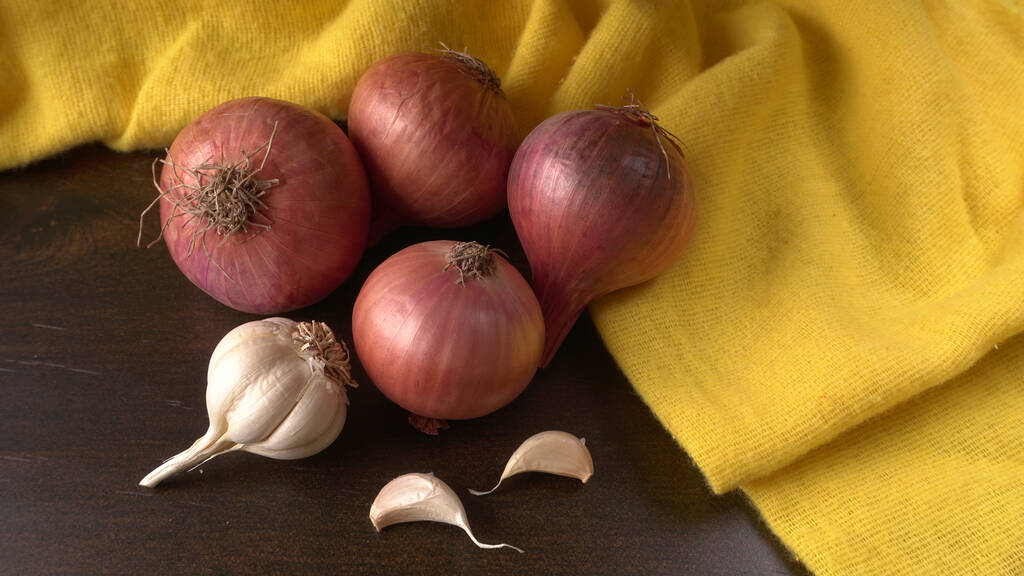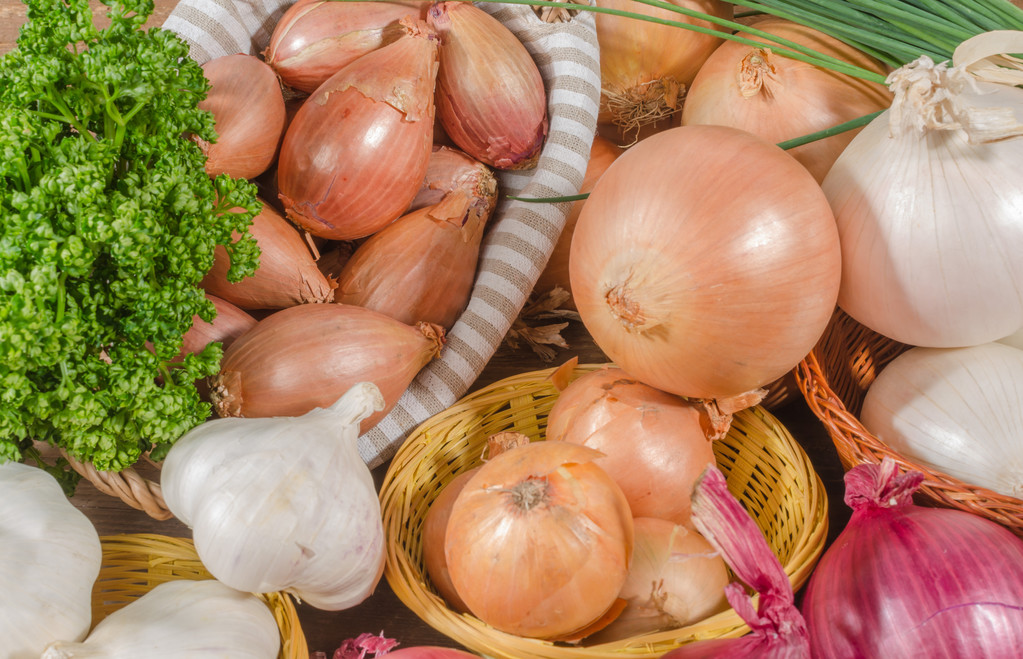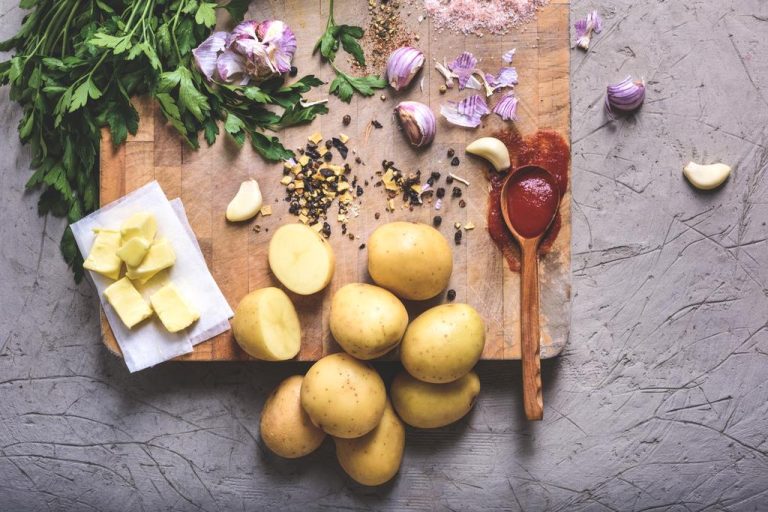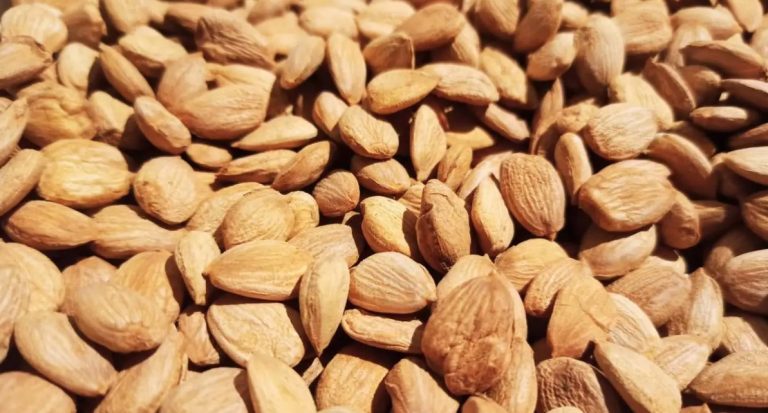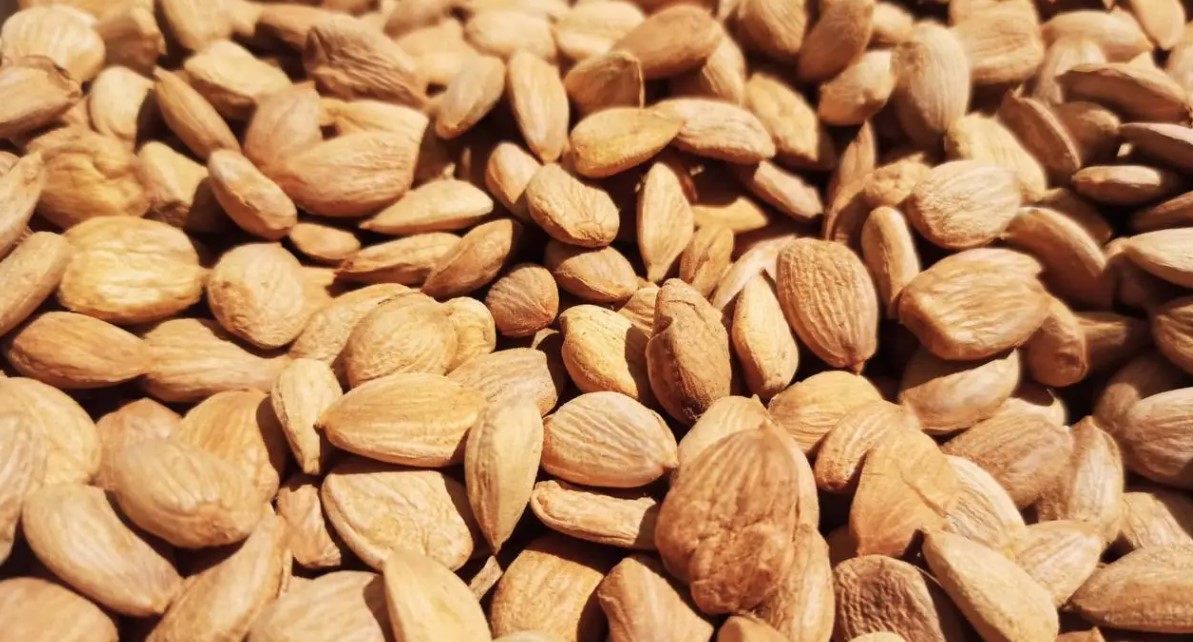Traces of Jacob’s Ragwort have been found in honey. This is a highly poisonous plant that is now even being fought nationwide. The poison can cause severe liver damage.
Ragwort is becoming a problem in pastures
Jacob’s ragwort is not a popular sight on the pastures of cattle, sheep or horse farmers.
As a rule, the inedibility of the animals is noticed by the animals before they are eaten, but even the smallest amounts are enough to poison the grazing animals over a long period of time. In the silage or in the hay, the ragwort can no longer be recognized by the animals as such and they eat it with them.
The herb can have fatal consequences for the grazing animals, but for our bees it is a blessing due to the lack of food and the lack of flowering areas. Bees like to use ragwort as an alternative forage plant.
Liver-damaging toxin in honey
The proliferation of ragwort probably has something to do with the fact that wild rabbit populations are declining sharply. Rabbits are resistant to the plant’s toxin and prefer to eat the plant’s roots.
In the meantime, the poisonous plant, which is spreading rapidly, is being combated by uprooting it and mowing it in a targeted manner before it flowers, so that propagation via flying seeds can no longer take place.
Furthermore, it is recommended to pay attention to the careful disposal of the clippings after mowing the Ragwort so that there is no new sowing.
Imported honey particularly polluted
Because bees and other pollinators value ragwort as an alternative food source, ragwort has made its way into some foods, such as honey and teas. So far, German honey has been less contaminated with the liver toxin of Jacob’s ragwort than honey imported from abroad. Not infrequently, however, German honey is mixed or diluted with honey imported from abroad.
Due to the high level of toxicity of the plant, the Federal Institute for Risk Assessment requires zero tolerance for the detection of the plant’s poison in food. To this day, however, we have no regulations, guidelines or controls on the maximum levels of the poison from ragwort in food. It is currently unclear when and if this requirement will be implemented at all.



